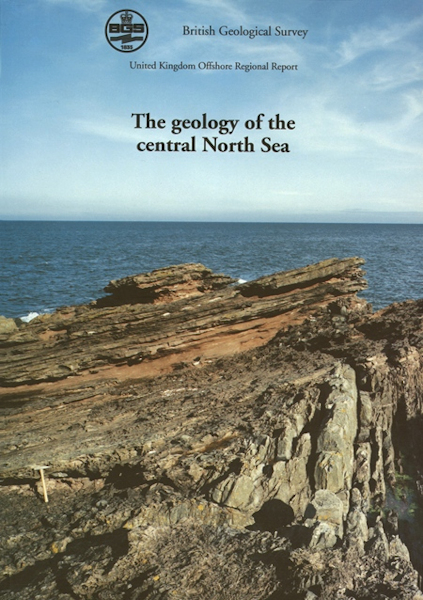Geology of the central North Sea

Price £30.00(no VAT)
This report covers that part of the North Sea from 55°N to 58°N and from the east coast of Scotland and northern England to the international median line. The authors are Bob Gatliff, Phil Richards, K. Smith, Colin Graham, M McCormack, N Smith, Dave Long, Don Cameron, Dan Evans, Alan Stevenson, Joe Bulat and Derek Ritchie.
The Geology of the area: Near the coast, the rocks are representative of those found onshore. The oldest rocks in the area are the Dalradian metasedimentary rocks north of the Highland Boundary Fault and the Ordovican and Silurian oceanic sediments from south of the Southern Uplands Fault. Between these, Devonian and Carboniferous sedimentary rocks, similar to those of the Scottish Midland Valley are found in the coastal strip. Further offshore, rocks of Permian to Tertiary age outcrop progressively eastwards into the Central Graben. Permian and Triassic rocks are dominated by terrestrial sediments and evaporites laid down in an arid, continental environment.
During the early to mid Jurassic, vocanic activity dominated the Central Graben, while associated uplift has ensured that few strata of this age are preserved. The late Jurassic was a time of major rifting and the marine conditions which dominated at that time persisted into the Cretaceous, when the main sedimentation comprised marine mudstones and chalk. During the Tertiary, deltaic systems extended eastwards from the Scottish mainland and have provided sands which make the major oil reservoirs of the area. Quaternary sediments are dominated by glacimarine and glacial deposits.
Author Gatliff, R.W.
ISBN 0118845047
Year Published 1994

